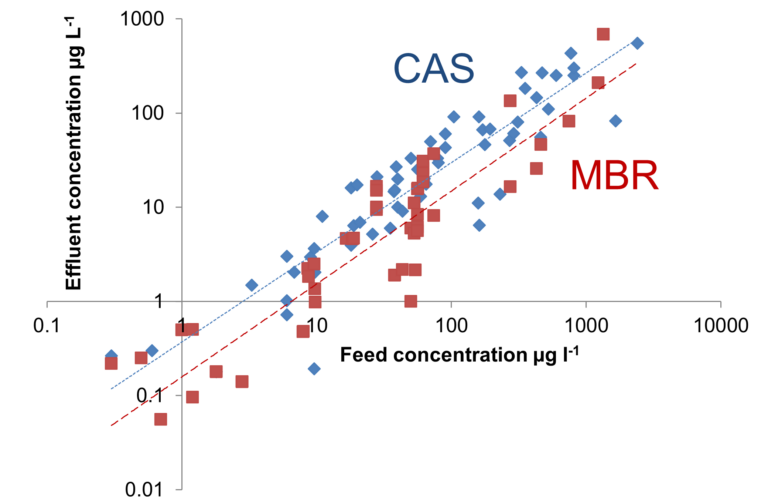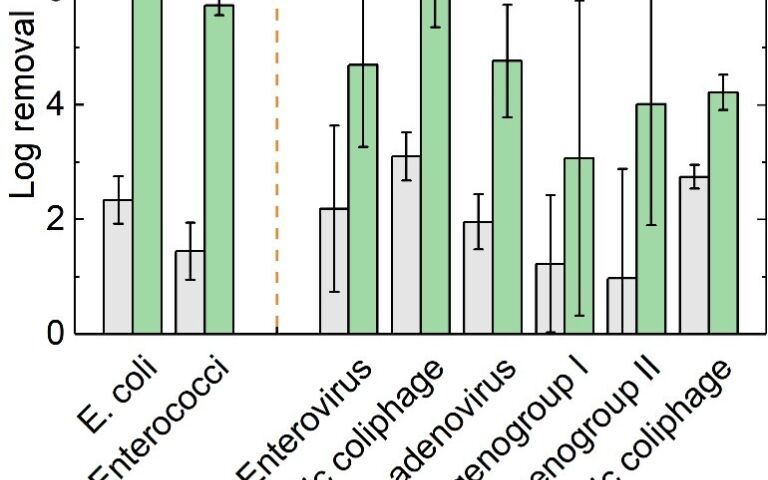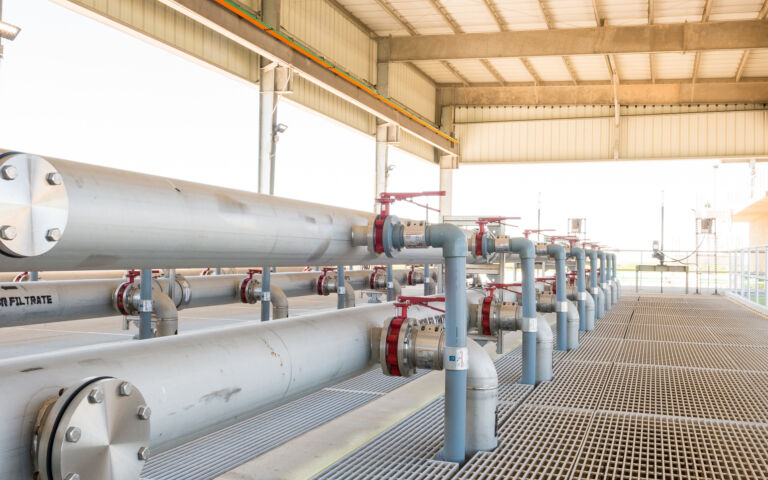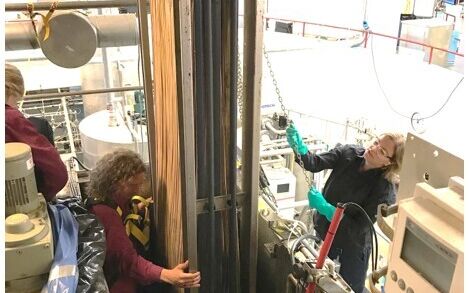Micropollutants

Micropollutants (MPs) are species present at very low concentrations (or at trace levels) in different environmental matrices and/or living organisms and which are of concern due to their potential harm to the environment and/or human health. They are also termed 'contaminants/compounds/constituents/chemicals of emerging concern', or CECs. They can be discharged into the environment from a diverse range of sources, wastewater treatment plants being a primary source.
There are a number of different categories which have been employed to define key groups of CECs:
- Pharmaceuticals and Personal Care Products (PPCPs): This includes prescription and over-the-counter drugs, as well as ingredients in personal care and cosmetic products
- Endocrine Disruptors: Substances, including certain pesticides, industrial chemicals, and plasticisers, that can interfere with the endocrine system and affect the hormone function in living organisms
- Per- and Polyfluoroalkyl Substances (PFAS): Synthetic chemicals (also known as ‘forever chemicals’ because of their persistence in the environment) which are used in a wide range of products for their chemically inert properties and water resistance
- Pesticides and Herbicides: Agricultural chemicals having potential adverse environmental impact and health risks
- Flame Retardants: Chemicals, including polybrominated diphenyl ethers (PBDEs), which are added to materials to reduce their flammability risk of fire and which persist in the environment and could potentially adversely affect both human health and the environment
- Nanomaterials: Novel materials and particles having at least one dimension below 100 nm which may exert negative environmental and/or health impacts
- Microplastics: Small plastic particles, either intentionally manufactured at a small size or resulting from the breakdown of larger plastics, which are widespread in the environment and have potential ecological consequences, and
- Unregulated or Emerging Contaminants: Various chemicals, either newly developed or which have recently gained attention due to their potential risks, for which regulatory standards may not yet exist or are in the process of being established.
There is some overlap between the above categories, since some terms define the application of the chemical (e.g. pharmaceuticals, personal care products, flame retardants, pesticides) whilst others refer to either their primary adverse impact (endocrine disruption) or their primary physical or chemical characteristic (per/poly fluoroalkyl substances, microplastics, nanomaterials). Many compounds within some of the above groups have endocrine disrupting effects, whilst polymeric nanomaterials could also be defined as microplastics (or perhaps more accurately nanoplastics).

There are additionally species for which regulations governing their permitted levels in wastewater or, predominantly, drinking water are already in place due to their recognised adverse health or environmental impacts. These include toxic metals, such as cadmium, lead and mercury, pathogenic micro-organisms, mineral oil product residues (and specifically polycyclic aromatic hydrocarbons), disinfection byproducts (chlorinated organic compounds and bromate), organic monomers, and a number of established pesticides.
For soluble, biorefractory micropollutants there is generally only a modest increase in removal offered by MBRs over the conventional activated sludge process (CAS). In the case of heavy metals, the residual concentration in an MBR effluent appears to be roughly half that of the corresponding CAS process − see the above figure (Santos and Judd, 2010).








